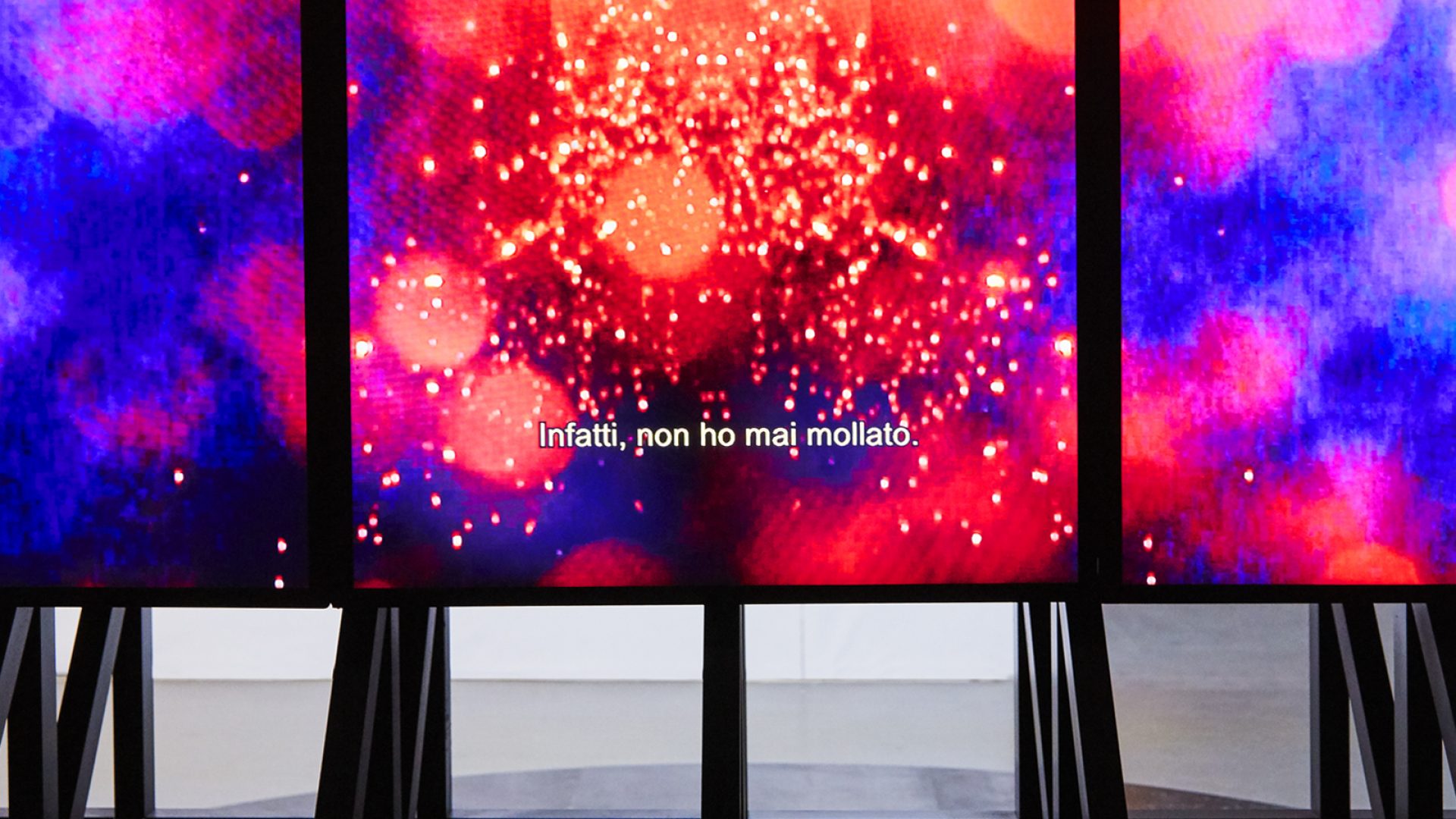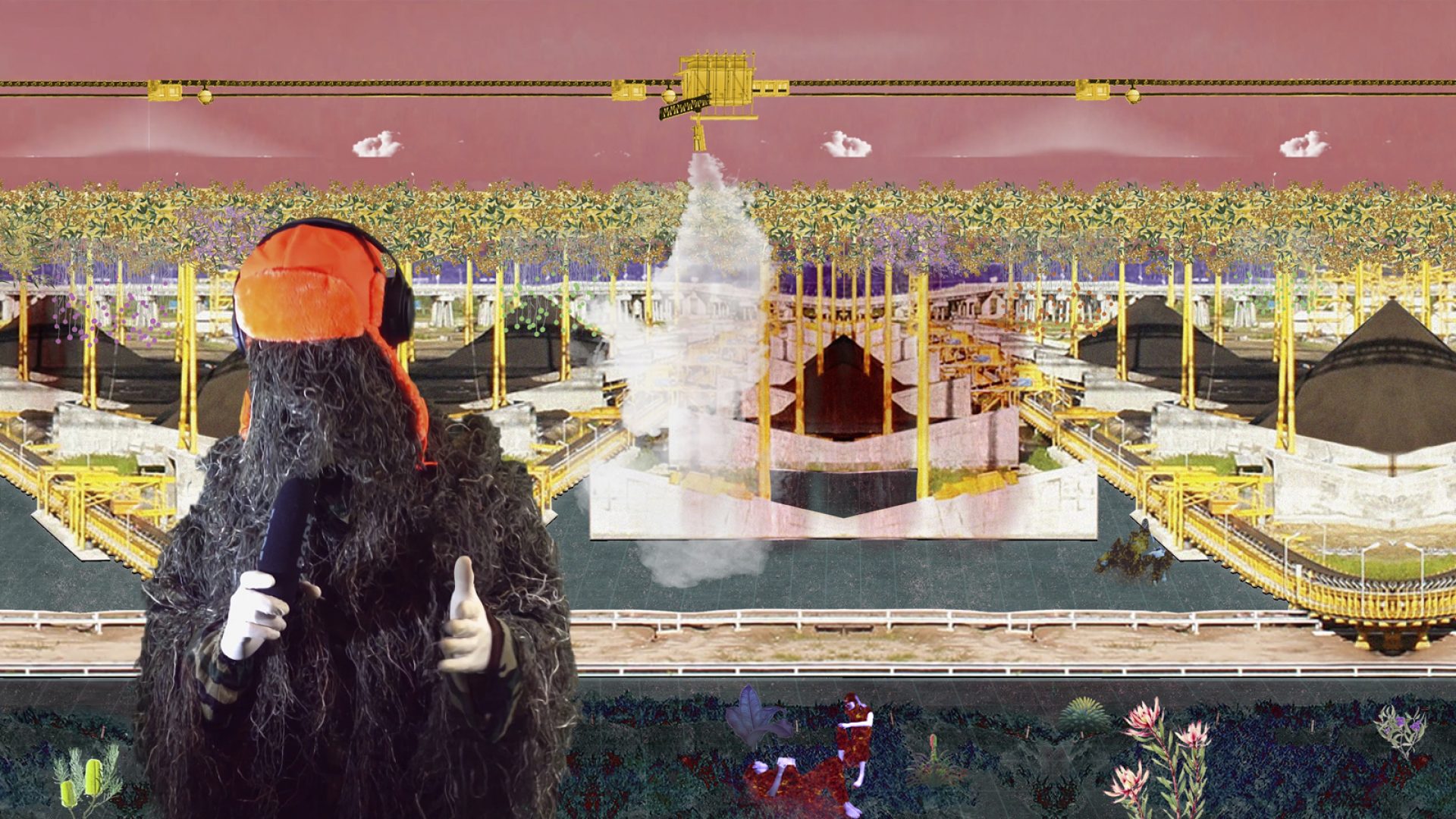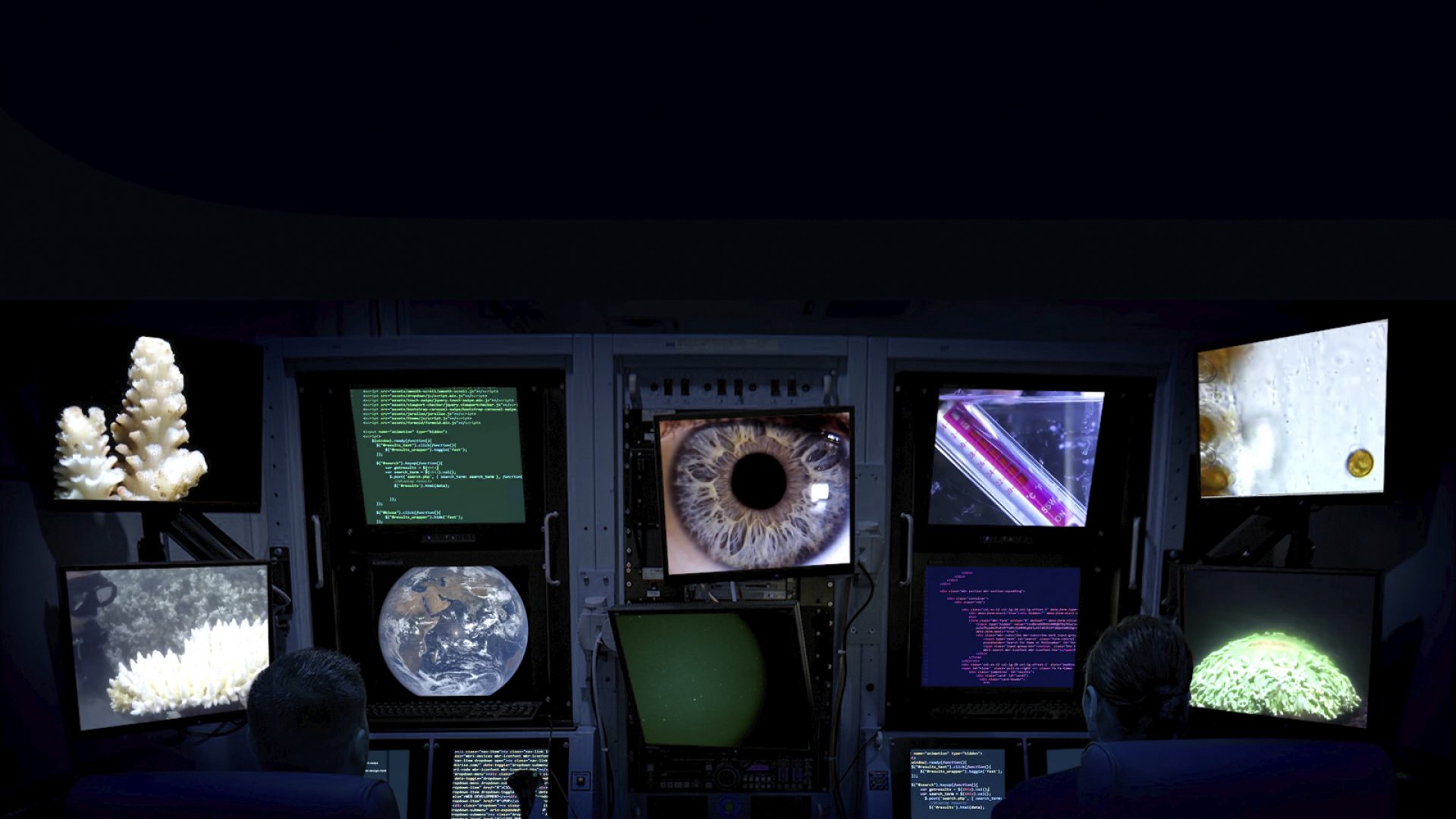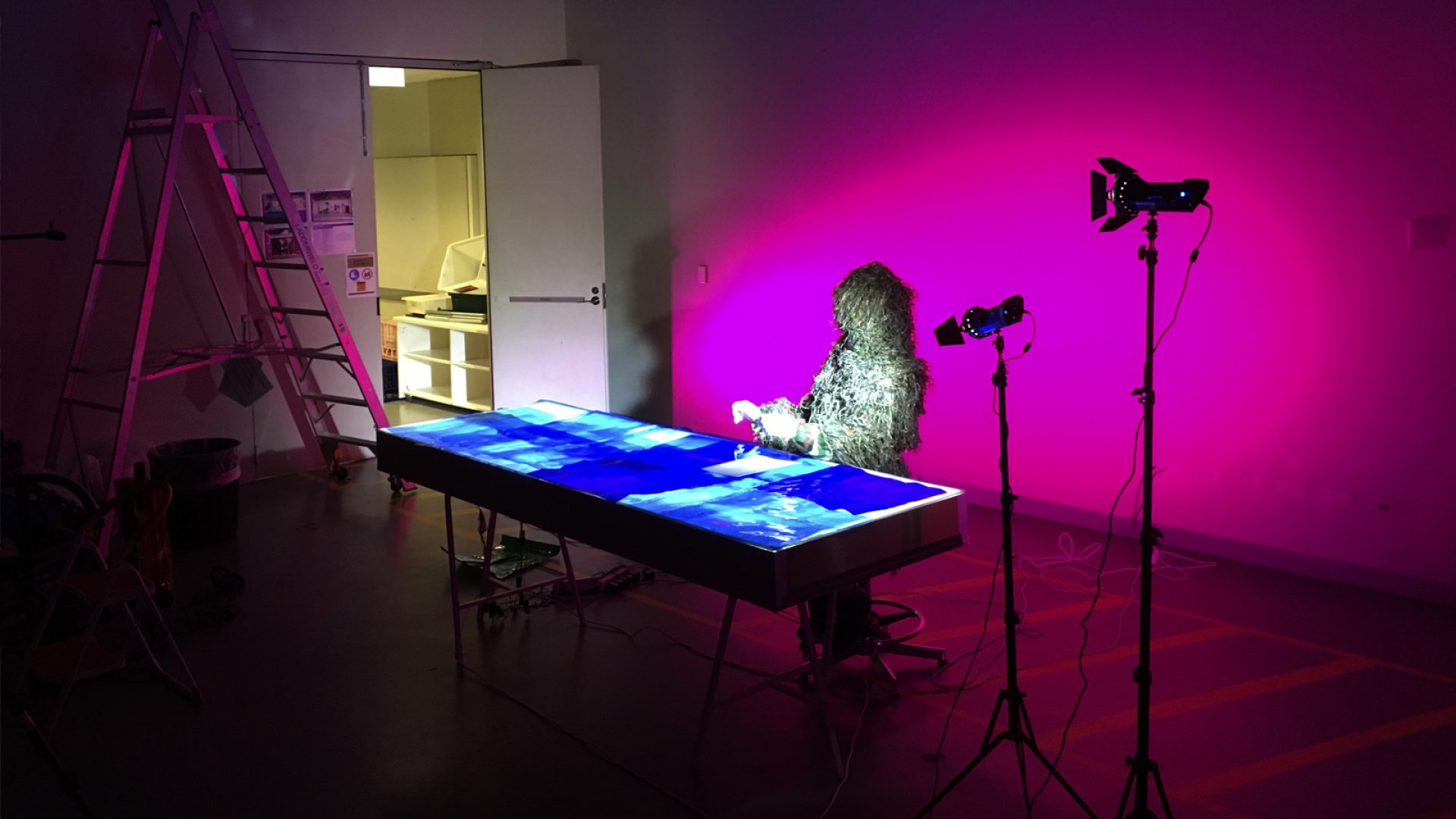Tickets
Dates
10:00 am – 5:00 pm
10:00 am – 5:00 pm
10:00 am – 5:00 pm
10:00 am – 5:00 pm
2:00 pm – 3:00 pm
10:00 am – 5:00 pm
10:00 am – 5:00 pm
10:00 am – 5:00 pm
10:00 am – 5:00 pm
10:00 am – 5:00 pm
10:00 am – 5:00 pm
10:00 am – 5:00 pm
Venue
Teatro Della Terra Alienata (Theatre of the Alienated Land) was the Australian Pavilion at the XXII Triennale di Milano Broken Nature: Design Takes on Human Survival in 2019, where it received the Golden Bee Award for the best international contribution. The work re-imagines the fate of the Great Barrier Reef through a fictional take-over (alienation) of the Reef and its catchment areas by the Xenofeminist International Corporation® to join the Archipelago of Territories Alienated from Capitalism (ATAC), a geopolitical alliance of the world’s most vulnerable and critical regions for planetary survival. The pavilion has been acquired by the National Gallery of Victoria for inclusion in the permanent collection of Contemporary Design and Architecture. Teatro consolidates five years of research, pedagogical projects and critical spatial practice by GRANDEZA (Amaia Sánchez-Velasco, Jorge Valiente Oriol & Gonzalo Valiente Oriol) and BAJEZA (Miguel Rodríguez-Casellas), which engages with the crisis of political imagination as a form of institutional critique. The project was produced in collaboration with six complicit artists (Cigdem Aydemir, Liam Benson, Madison Bycroft, Shoufay Derz, Janet Laurence and Patricia Reed), and reflects upon the conversations, research, and testimonies of scientists, activists, Aboriginal elders, miners, designers and thinkers, as well as the academics and students from the University of Technology Sydney’s schools of Design, Architecture and Life Sciences.
Teatro Della Terra Alienata joins a genealogy of authors who, far from conforming to Marx’s pathologizing take on alienation, see in the estrangement of the alienated subject an instrument for the denormalization of everyday life and, therefore, a necessary step towards cognitive emancipation. Teatro Della Terra Alienata allows itself to be infected both by the ‘distancing effect’ of Bertolt Brecht’s epic theatre (Verfremdungseffekt), as well as by the reading of alienation (‘egalitarian’, ‘universalist’, ‘mutant’, ‘depetrifying’, ‘anti-naturalist’, and open to ‘collective self-mastery’) that Laboria Cuboniks proposes in their Xenofeminist Manifesto.
Creative directors, curators, and authors of Teatro Della Terra Alienata:
Amaia Sánchez-Velasco (GRANDEZA)
Jorge Valiente Oriol (GRANDEZA)
Gonzalo Valiente Oriol (GRANDEZA)
Miguel Rodríguez-Casellas (BAJEZA)
www.grandeza.studio
Complicit artists:
Cigdem Aydemir, Liam Benson, Madison Bycroft, Shoufay Derz, Janet Laurence, and Patricia Reed
Photography director and artistic co-director:
Shoufay Derz
Research and Production assistants:
Francesca Capicchioni, Charles Curtin, and Isaac Harrisson
Technical and artistic support in the production of the film:
Charles Curtin, Shoufay Derz, Joumana Elomar, Isaac Harrisson, George Shaw, and Laura Touman
Selected work from the Factory of Hyper-Ecologies Masterdesign studio at UTS:
Francesca Capicchioni, Charles Curtin, Ben Feher, Miguel Luis Gilarte, Adam Hoh, Melinda Barbagallo, Nathan Chan, Yvette Salmon, Stefanie Li, Nitika Duggal, Daniel Viglione and Nurul Farra Nadia Binti Zaed.
Underwater footage: Feras Dayoub and Brett Lewis (COTSBot project, Queensland University of Technology), Josh Jensen (Undersea Productions), David Hannan (Ocean Ark Alliance), The Ocean Agency, and Biopixel Pty. Ltd.
Executive support in the construction of the Asutralian pavilion: Inés Benavente Molina (Associate, HDR), Stefano Cottini (Director, HDR), and Susanne Pini (Principal, HDR).
Participants
Based in Sydney since 2015, the architectural collective GRANDEZA/BAJEZA operates in a confluence area, or ‘estuary’, that merges teaching, academic research and spatial practice. Their work studies late-capitalist spaces and narratives to identify –through critical analysis– and confront –through political imagination– the mechanisms that veil and normalize neoliberal violence. Their work critically interrogates the (in)capacity of architecture and cognitive institutions to respond to contemporary environmental, social and cultural challenges beyond the insufficiency and the selective nature of “techno deterministic” and “resilience” discursive trends.




